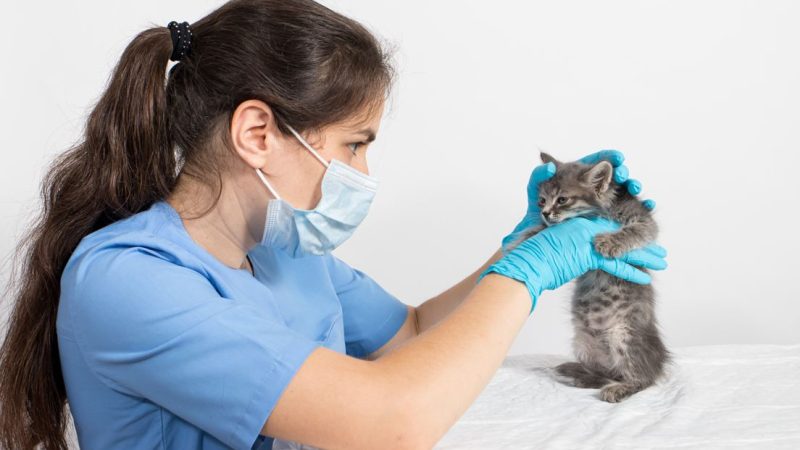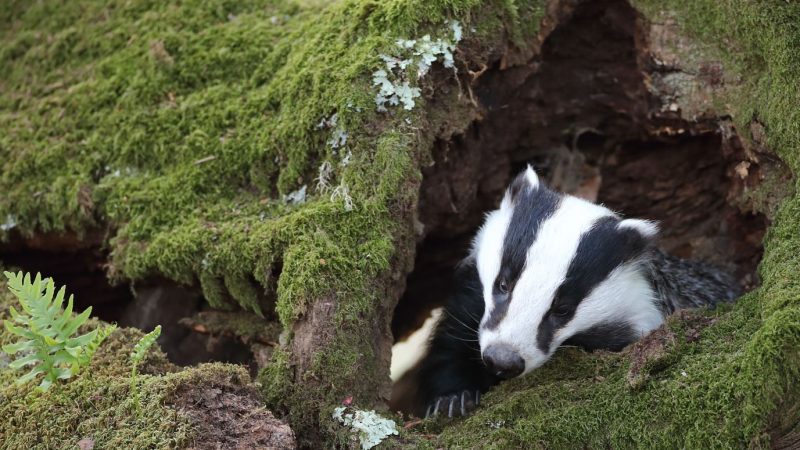RHDV2 found among shrinking rabbit and hare populations

RHDV2 has been detected in NI for the second time. The disease, which is not a threat to humans, is thought to be a contributing factor in the continued decline of rabbits and hares across the British Isles.
Rabbit Haemorrhagic Disease Virus Two (RHDV2), which is potentially lethal to rabbits, has been found in Northern Ireland after two samples sent to AFBI for testing in June were found to be positive.
While RHDV2 is contagious among rabbits, it poses no threat to humans. But Dr Neil Reid a senior lecturer in conservation biology at QUB in Belfast, recently told the BBC that he thought it likely that the disease is widespread on the island of Ireland.
This is the second time that it has been detected. It was found in NI last year when three rabbits were submitted for analysis. It was also found in the Republic of Ireland during 2019.
Dr Reid said:
‘We have poor data with which to track the change in rabbit and hare numbers in Ireland, but mammal sightings during the Breeding Bird Survey by the British Trust for Ornithology suggest rabbits may have declined by 32 per cent in Northern Ireland and 64 per cent in Great Britain since the mid-1990s.
‘Irish hares are also susceptible to RHDV2. Their numbers declined substantially throughout the 20th century and are now comparatively low at three hares per km squared.’
Dr Reid told the BBC that many factors combined could be to blame for the drop in numbers, including the impact of other diseases and changes in farming practice. He also pointed out that the declining figures would have an ecological impact since rabbits and hares were in the middle of the food chain and were eaten by a large number of predators.
‘I suspect that RHDV2 is present throughout Ireland and is likely to have been present before recent detections,’ added Dr Reid.
RHDV from which this strain is derived, was first detected in China in 1984. RHDV2 made its first appearance in France 26 years later and is now the prevalent strain of RHD in Europe. Known to spread in both domestic and wild rabbits, the condition causes lethargy, weight loss and bleeding from the nose and mouth.
There is currently no requirement for notification of cases of RHDV2 so the Department of Agriculture, Environment and Rural Affairs {DAERA) is not carrying out any active surveillance. It is, however, notifiable to the World Organisation for Animal Health and if the DAERA does become aware of it, it does pass that information on.
A spokesperson for the DAERA said: ‘Members of the public, particularly farmers, landowners, vets and pet owners are asked to be alert to any signs of disease in animals and should advise local DAERA Divisional Veterinary Office if they suspect any signs of disease in animals.’







